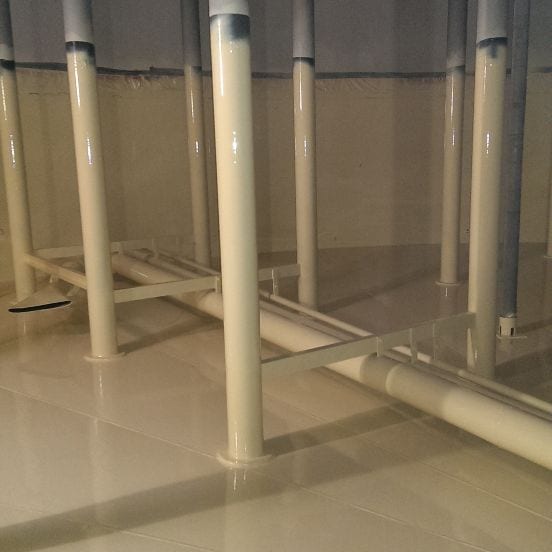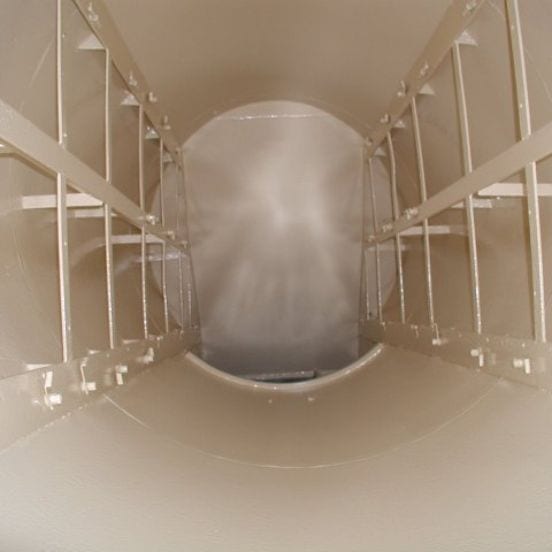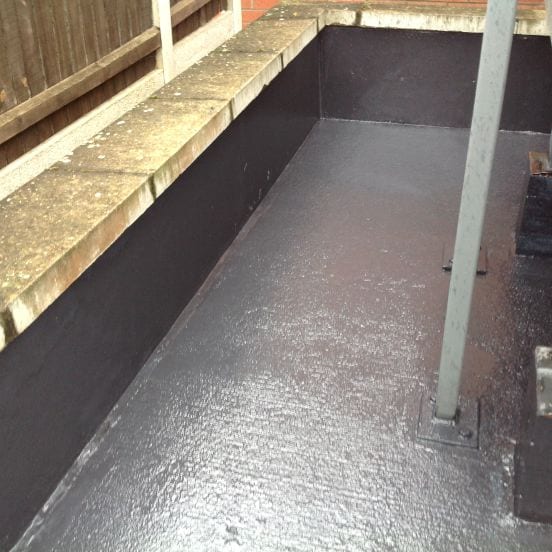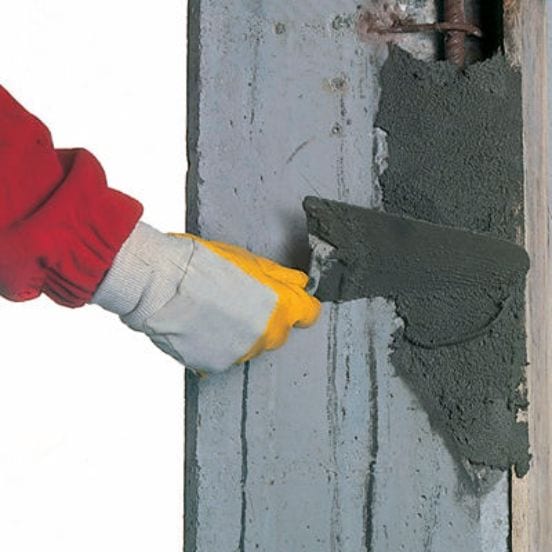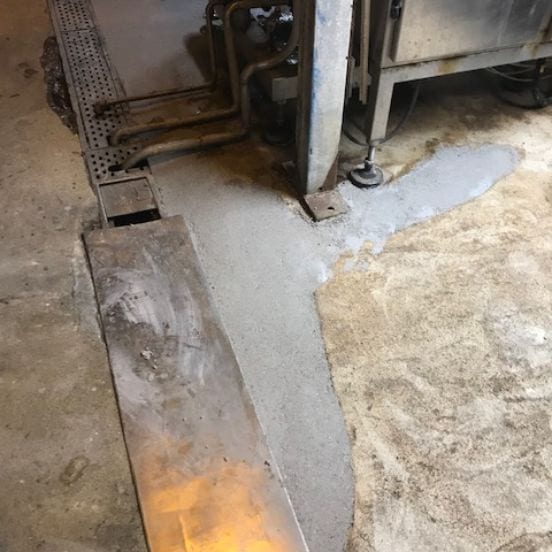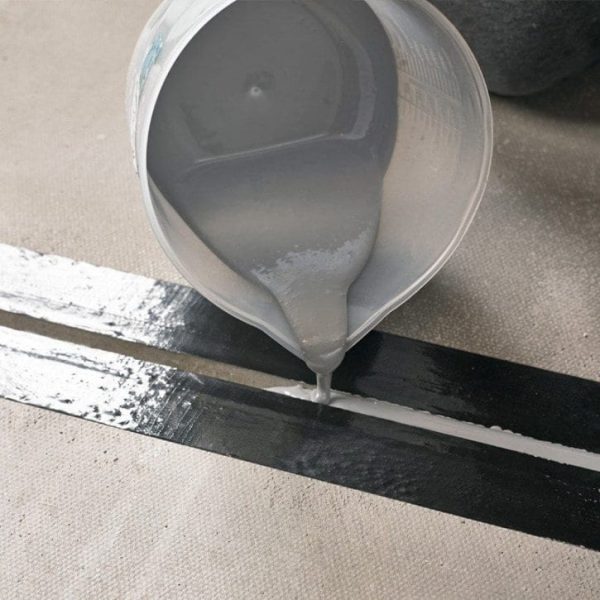Chemical Bund Linings
Chemical bund lining refers to the process of applying a protective layer to the surface of a containment area, such as a chemical bund or spill containment system, to prevent leaks and spills from damaging the environment or causing harm to people or animals.
There are several types of chemical bund linings available, including:
Polyethylene: This is a cost-effective option that provides excellent resistance to most chemicals and can be installed quickly.
Epoxy: Epoxy coatings are highly resistant to chemicals and can be used on both concrete and steel surfaces.
Fiberglass: Fiberglass linings are extremely durable and can withstand exposure to corrosive chemicals.
The selection of the appropriate bund lining depends on the type of chemicals being stored, the size and shape of the bund, and the environmental conditions. It is essential to follow proper installation procedures and regular maintenance to ensure the effectiveness of the lining in preventing leaks and spills.
Chemical Bund Lining Products
-
M-CHEM 100 – Chemical Resistant Epoxy Coating
£133.20 – £500.95 Excl VAT Select options This product has multiple variants. The options may be chosen on the product page -
M-CHEM 200 – Chemical Resistant Polyurethane Coating
£88.70 Excl VAT Select options This product has multiple variants. The options may be chosen on the product page -
M-CHEM 300 – Acid Resistant Epoxy Novolac Coating
£234.50 – £798.10 Excl VAT Select options This product has multiple variants. The options may be chosen on the product page -
M-CRETE 200 – Heavy Duty Epoxy Screed
£205.94 – £474.87 Excl VAT Select options This product has multiple variants. The options may be chosen on the product page
Chemical Bunds are generally used around storage tanks or drum storage areas where flammable or toxic liquids are held, alternative measures may be the use of sumps and interceptors.
It is normal to limit the number of tanks in a single bund to 60,000 m3 total capacity. However, incompatible materials should have separate bunds. Tanks often have individual bunds. Bunds should be sized to hold 110% of the maximum capacity of the largest tank or drum. This will allow some latitude for the addition of foam during a response to an emergency. Bunds are generally fabricated from brick/mortar or concrete but where liquids are being stored above their boiling point additional insulation, e.g. vermiculite mortar, may be added as cladding to reduce the evaporation rate.
The maintenance of bunds is an important aspect, often overlooked, particularly in remote locations. A system of inspection should be in place to ensure the integrity of the bund. Also, due consideration should be given to drainage to allow the removal of rainwater. Failure to remove rainwater will reduce the capacity of the bund and may result in overtopping and if the substance to be contained is incompatible with water e.g. oleum, may result in an increased airborne release. Consideration of these scenarios should be included in the Safety Report. for more information: www.hse.gov.co.uk


